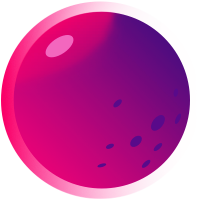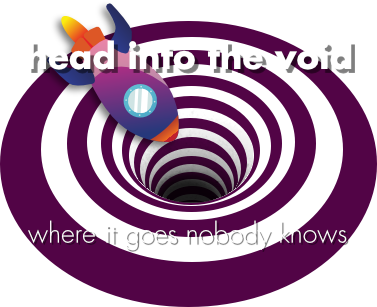
Stock Photo:
Stock photos and art are licensed images created by a third party. Using stock images can save on the cost of having a professional photo shoot, however other businesses may also use them in their marketing.
Structured Snippet:
This is a type of Google ad extension that allows you to highlight some important features of your products, or services that you offer for example.
Social Listening:
Experts at Sprout Social define social listening as the process of “analysing the conversations and trends happening not just around your brand, but around your industry as a wholeâ€. In other words, social listening can help you track any conversation you want on social media. You can not track discussions around your audience and your brand, but you can also track conversations around other brands, audiences, influencers, topics. You can then break this down by locations, demographics, themes and so on.
SERP:
Search Engine Results Page.
SEO: (Search Engine Optimisation)
Search Engine Optimisation is the process of improving a website in such a way that it increases its chances of appearing and its ranking in the organic search results. The idea is to make a website more attractive to search engines who use a combination of ranking factors to decide on the order of the websites in the search results.
Read a bit more...SEM: (Search Engine Marketing)
Search Engine Marketing is the name given to the marketing practice which consists in running search campaigns, in other words, placing paid adverts on search engines. SEM can be viewed as being the opposite of its free fellow marketing practice SEO. The main difference is that SEM produces almost instant results, whereas SEO takes time, you have to wait a few months at least to see the result of your work.
Read a bit more...Search Network:
This is a network of websites that let you place text ads. It is made of the Google search sites (Google search results page, Google Shopping, Google Maps, GooglePlay), and the Google search partners (basically websites that allow for Google ads to show up within their search components) such as YouTube, Amazon, the New York Times etc. See GSN.
Search listening:
According to searchlistening.com, this is “the process of understanding what an audience truly thinks, using the ultimate source of insight - search dataâ€. So, how does it work? In practice, search listening consists in analysing all the search queries related to specific keywords, allowing you to get some really valuable insight into what your consumers are searching for. From there, you can use this data to make informed marketing and even business decisions.
Read a bit more...Search Engine Spider:
Also known as search engine crawlers, web crawlers, spiders and crawlers, search engine spiders are robots (bots) that scan the web and index web pages. The reason why it does this is because without them search engines like Google wouldn’t be aware of the web pages and therefore wouldn’t be able to serve them in the search results. If you want to learn more about how Google crawls, indexes and then ranks pages, have a read of this (there is even a short version if you’re too busy for the long version).
Search Campaign:
This is one of the nine types of advertising campaigns that Google offers and one of the main ones along with Display campaigns. Search campaigns’ primary use is to advertise on google.com next to the search results with text-only ads. However, search campaigns are much more than just ads on the Google search result page, they allow you to advertise on the Google Search Network (GSN), a large network of websites that we can split in two categories: Google search sites (Google Search itself, Google Play, Google Shopping, Google Images, and Google Maps) and Google search partners which includes thousands of websites other than Google sites. One advantage of using search ads is that your ads will generally be more relevant to the users who see them because only specific search terms related to your ads will trigger them.
SEA: (Search Engine Advertising.)
This is a branch of search engine marketing (SEM) that focuses on placing text and display ads on the web. SEA can also be called Pay-Per-Click (PPC).
Schema Metadata:
This type of microdata tells Google what your content is about and how you want your content to be displayed in the search results. It is directly added to the HTML code of your website, and helps the search engines’ crawlers interpret your website content.
Schema Markup:
In simple terms, schema markup is a type of code. This can also be viewed as a map for schema metadata (see definition of schema metadata).
SCORM: (Sharable Content Object Reference Model)
Figuratively speaking, SCORM is a “language” used by a learning course to “talk” to an LMS (see Learning Management System) and submit a learner’s results via electronic means. It also describes the structure of a course. What data is being transmitted and how does a learning system decide if a course is passed or failed?
Short-form Video:
This is generally accepted as content made up of videos under 10 minutes long. However, different platforms will determine their own guidelines. TikTok allows up to 3 minutes, Instagram Reels up to 90 seconds and Youtube classes videos under 60 seconds as 'shorts'.


